berlin 1945
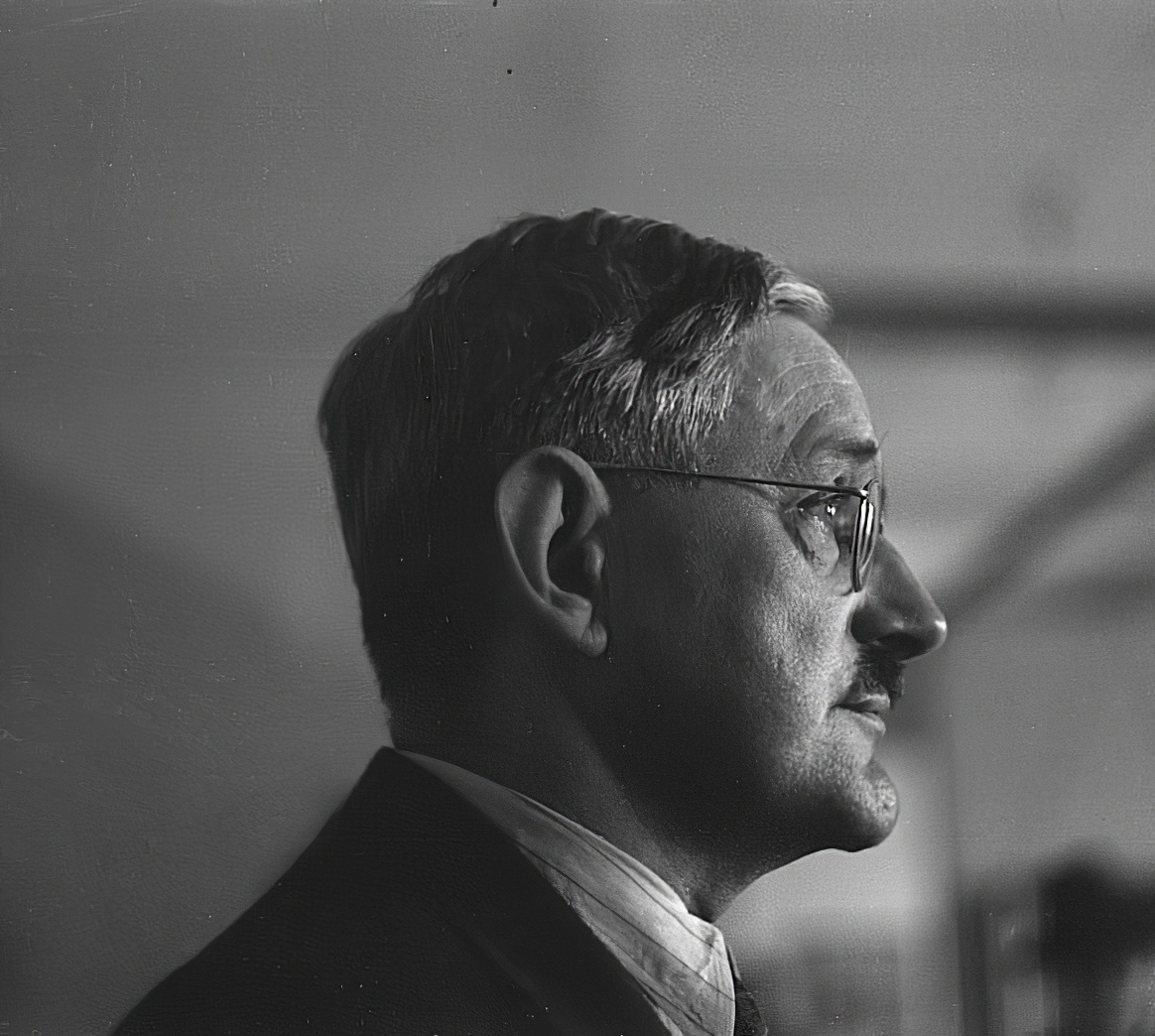
Conrad Felixmüller was a twentieth-century German artist, born Conrad Felix Müller. He is known as a painter, graphic artist, illustrator and printmaker, a representative of the New Materiality movement, who worked in the Expressionist style.
Felixmüller created about 2,500 paintings and graphic drawings, the main motif of which was the human being. The artist considered himself a socially critical expressionist, and his works reflected scenes from everyday life. In the 1930s, many of his works were confiscated by the Nazis as examples of degenerate art and destroyed. As a result of the bombing of Berlin in 1944, Felixmüller lost much of his work.
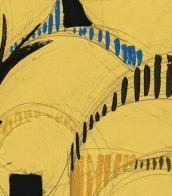
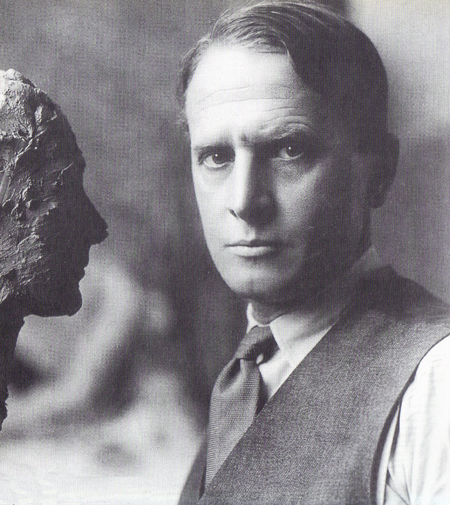
Ernesto de Fiori was a German artist of the first half of the twentieth century of Italian-Austrian origin. He is known as a sculptor, draughtsman, and secular portraitist and is considered one of the leading artists of the Weimar Republic.
Ernesto de Fiori made a name for himself as a sculptural portraitist in Berlin during the so-called "Golden Twenties". He portrayed such celebrities as movie actresses Greta Garbo and Marlene Dietrich, boxer Jack Dempsey, Field Marshal Paul von Hindenburg. In 1936, the artist emigrated to Brazil and took up journalism. In 1937, the Nazi campaign to expose "degenerate art" led to the removal of his sculptures and graphics from German museums.


Ernesto de Fiori was a German artist of the first half of the twentieth century of Italian-Austrian origin. He is known as a sculptor, draughtsman, and secular portraitist and is considered one of the leading artists of the Weimar Republic.
Ernesto de Fiori made a name for himself as a sculptural portraitist in Berlin during the so-called "Golden Twenties". He portrayed such celebrities as movie actresses Greta Garbo and Marlene Dietrich, boxer Jack Dempsey, Field Marshal Paul von Hindenburg. In 1936, the artist emigrated to Brazil and took up journalism. In 1937, the Nazi campaign to expose "degenerate art" led to the removal of his sculptures and graphics from German museums.




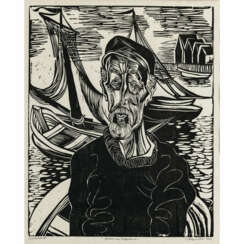

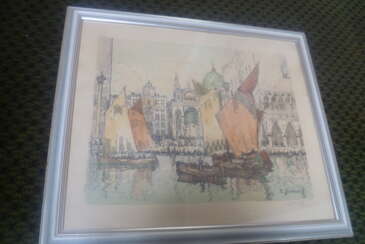

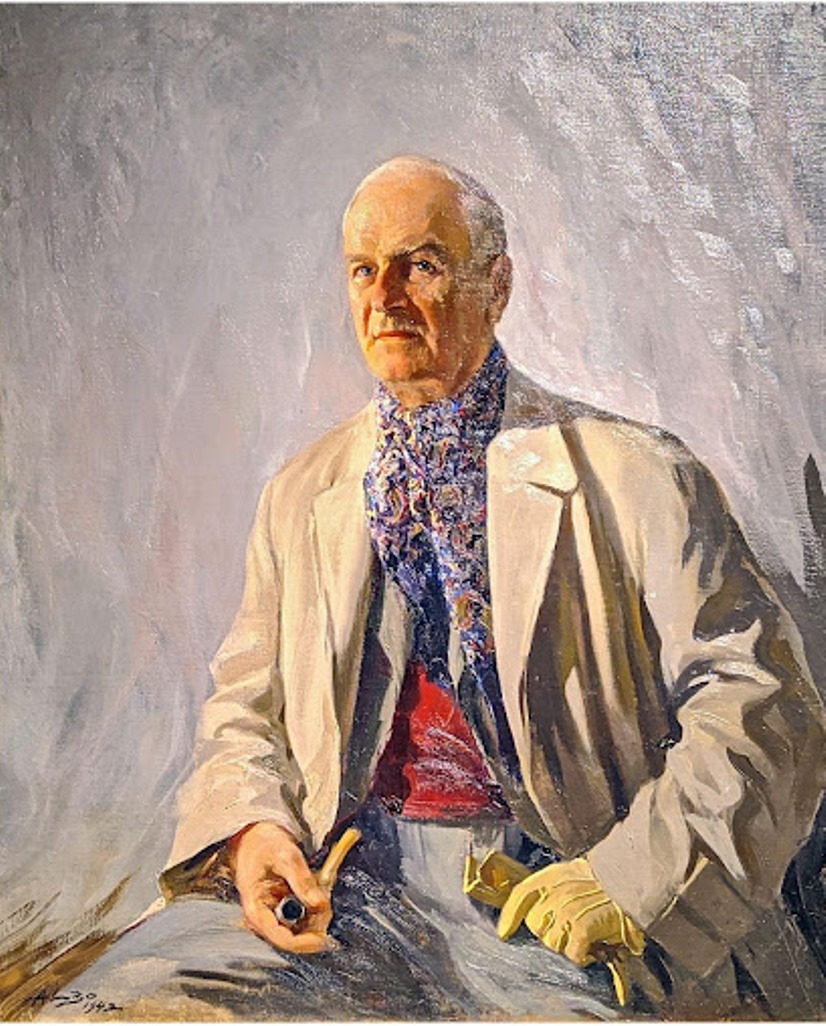
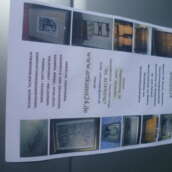


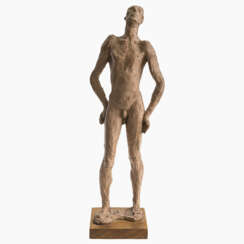

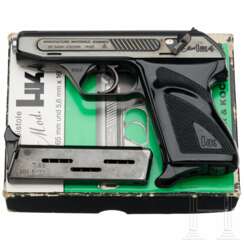


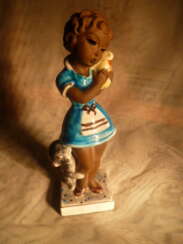

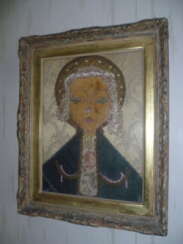

 Hansen.jpg)